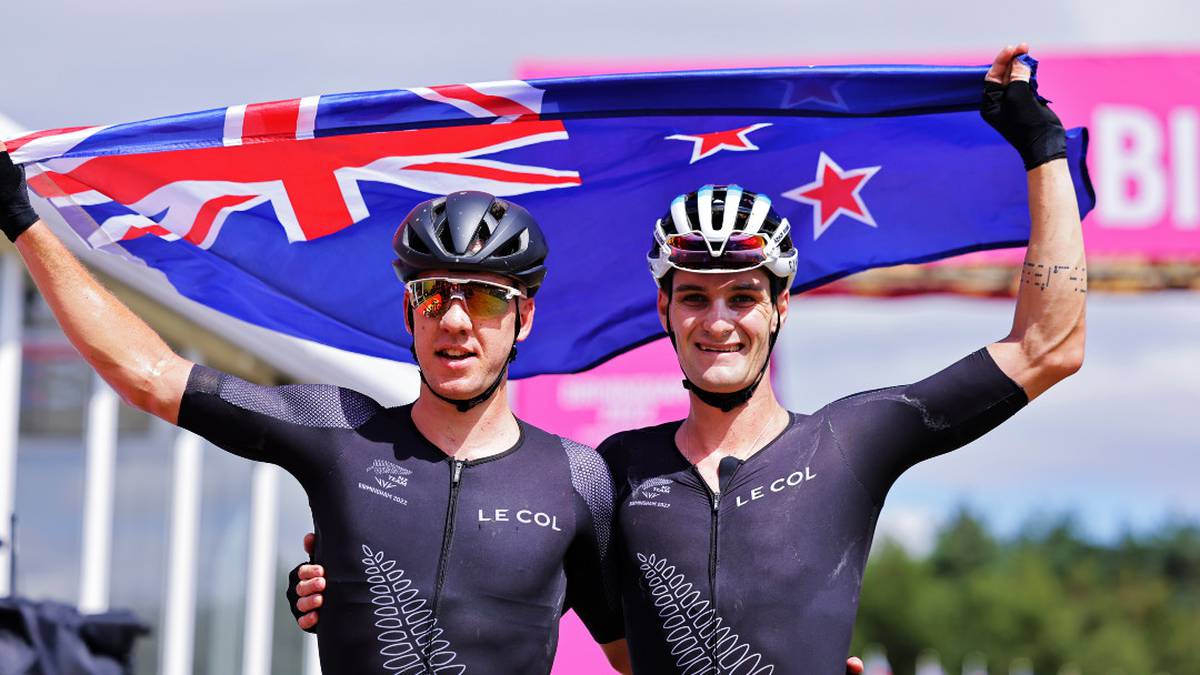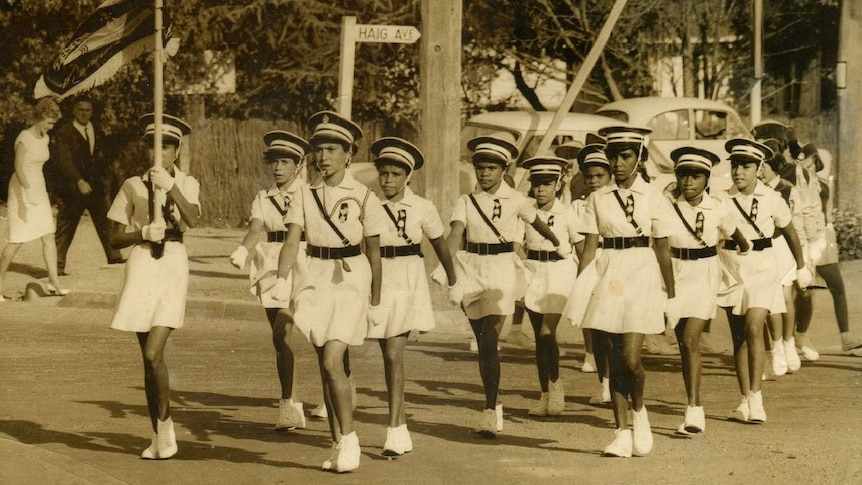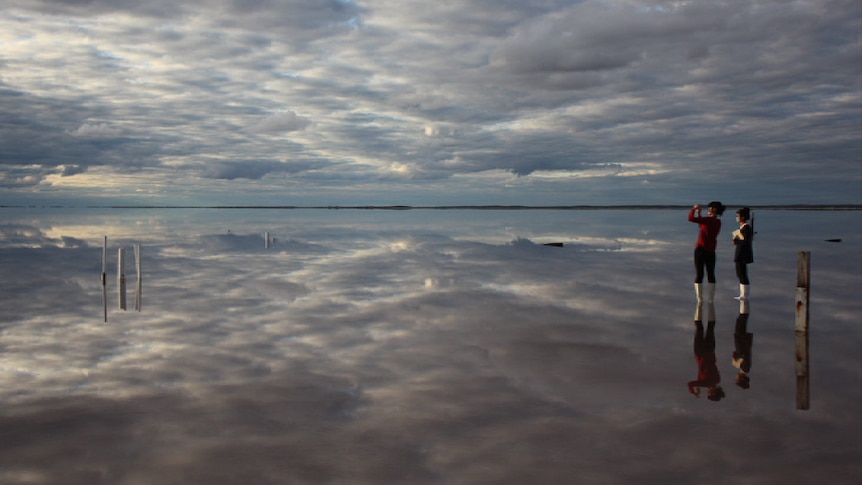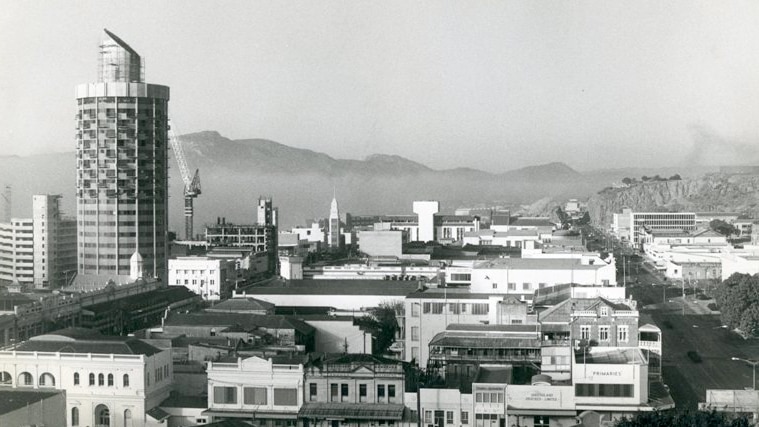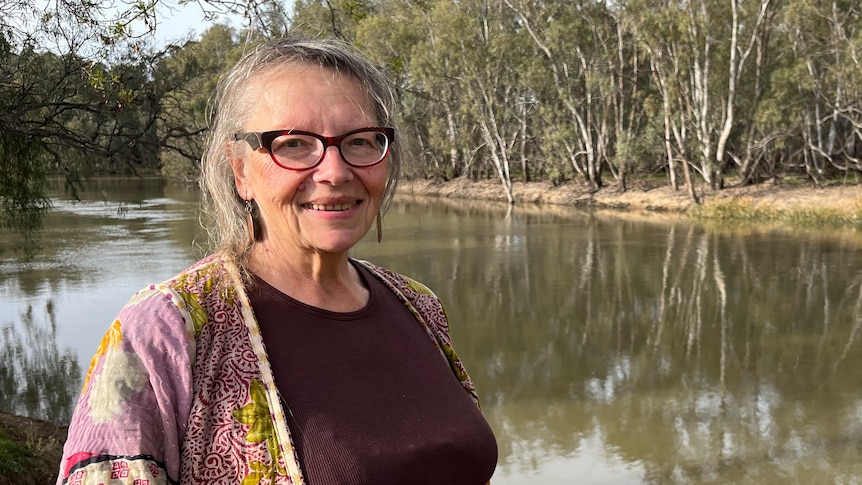Hamish Kerr makes history with high jump gold. Video/Sky Sport
All you need to know from yet another successful day at the Commonwealth Games for New Zealand athletes as they claimed historic gold medals.
king of the mountains
/cloudfront-ap-southeast-2.images.arcpublishing.com/nzme/MBMHMT7PELVSZRBEZJKIYNYJNM.jpg)
Day six began with a bang for New Zealand as Sam Gaze made it back-to-back Commonwealth Games golds in the men’s mountain bike event after a dominant display that also produced silver for fellow Kiwi rider Ben Oliver.
Gaze was in commanding form on Thursday, finishing 31 seconds ahead of Oliver to make it three straight Games that New Zealand has completed a one-two, after Anton Cooper pipped Gaze in Glasgow and before that outcome was acrimoniously reversed on the Gold Coast.
The race was denied the chance of reigniting Gaze and highly-ranked Cooper’s heated rivalry after the latter withdrew from the event due to Covid-19. That left Oliver the opportunity to make his way up the field and he did so well, improving from his fourth place on the Gold Coast in 2018.
Check out or full report from the circuit here.
Paul Coll rallies to new height
/cloudfront-ap-southeast-2.images.arcpublishing.com/nzme/IOUEX3YQMTOSMTY6V654WSHFKM.jpg)
Coll has capped off a huge few years at the top level of men’s squash by winning gold in a tough five-set battle with Wales’ Joel Makin.
After winning silver four years ago on the Gold Coast, Coll briefly ascended to No 1 in the world earlier this year and in 2021 became the first Kiwi man to win the prestigious British Open title, while defending that crown again in April.
History was made again today as Coll became the first Kiwi man to win a gold medal in squash at a Commonwealth Games.
Earlier in the day, Joelle King blew a 2-0 lead in her bronze medal playoff to lose in five sets to world No 6 and hometown favorite Sarah Jane Perry.
Check out Albie Redmore’s full report from the court here.
White men can jump
/cloudfront-ap-southeast-2.images.arcpublishing.com/nzme/JVDR7JAXZWTMZNTHZSNXYSSDUM.jpg)
Christchurch’s Hamish Kerr became the first Kiwi man to win a Commonwealth Games high jump medal, claiming a shiny new gold for his cupboard.
Kerr ended up in a head-to-head battle with Australian Brandon Starc, the 2018 gold medal winner and younger brother of cricketer Mitchell Starc.
Both cleared 2.25m and failed at 2.28m, but Starch had earlier failures at lower heights whereas Kerr had been clear.
Kerr joins Tania Murray (nee Dixon) and Tracy Phillips, who claimed gold and bronze respectively in the women’s event at the 1990 Commonwealth Games in Auckland.
/cloudfront-ap-southeast-2.images.arcpublishing.com/nzme/V2PCUFSBOTFECK6FEJ6FT4YZYM.jpg)
Kerr’s medal was one of two in athletics for the day, with shot putter Maddi Wesche taking out bronze with a throw of 18.84m, a touch shorter than her throw of 18.98m in the final of the Tokyo Olympics. Canada’s Sarah Mitton won gold with a throw of 19.03m.
In the women’s 100m final, Kiwi sprinter Zoe Hobbs finished sixth with a time of 11.19s. She would’ve needed to better her personal best of 11.08 to challenge for the podium.
Olympic champion Elaine Thompson-Herah of Jamaica took out gold with a time of 10.95, with St Lucian Julien Alfred second in 11.01 and England’s Daryll Neita third in 11.07.
Check out our full report from the athletics here.
Liti salvages silver from tough day
/cloudfront-ap-southeast-2.images.arcpublishing.com/nzme/QCGYSZXUCIWRTHSGC636XBRW2E.jpg)
Popular Kiwi weightlifter David Liti fell short of a second straight Commonwealth Games gold medal but still came away with a silver on a day when he couldn’t find his best form.
Liti set a new Games record in 2018 with a combined weight of 403kg and lifted a total of 417kg at last year’s Olympics. However, he could only muster a total of 394kg on Thursday, leaving the door open for Pakistan’s Nooh Dastgir Butt to claim the gold with a total of 405kg.
The loss to Butt has sparked a desire for revenge in Liti, who says he’s now looking forward to a repeat match up at the world championships.
“He did really good to keep himself ahead, and next time I face off with him it’ll definitely be a good one,” Liti said. “If he comes to worlds, I’ll show him what’s up.”
Check out our full report from the weightlifting here.
Three medal haul for Judo team
/cloudfront-ap-southeast-2.images.arcpublishing.com/nzme/CU7BFBQ377D3MLWDNBVR6WN37U.jpg)
It was a superb day for the New Zealand judo team with Kody Andrews leading a three medal haul with silver in the men’s 100kg event after being pinned by Canada’s Marc Deschenes early in the gold medal bout to lose by Ippon.
Moira De Villiers claimed bronze in the women’s -78kg after defeating Ayuk Otay Arrey Sophina of Cameroon by Ippon with 28 seconds left. It’s her second medal from her after winning silver in Glasgow eight years ago. She defeated fellow Kiwi Hayley Mackey in the quarter-finals, one of her her students at the judo club she runs with her husband Jason Koster in Christchurch. She was then beaten by England’s Emma Reid in the semifinals who went onto win gold.
The bronze bout was a close thing but de Villiers kept her calm and got the win just at the end.
“[It’s] super special. It wasn’t what I wanted but I’m still glad I was able to represent New Zealand and get another medal. I just knew she would gas after a minute I just had to keep going and be a little bit of a dogfight. I’m ruthless on the ground so I knew I was going to get it,” she told Sky Sport.
Gisborne’s Sydnee Andrews also claimed bronze with the 19-year-old promising gold in four years’ time after defeating Sarah Hawkes of Northern Ireland in their women’s +78kg bronze bout.
Clareburt bags a bronze
/cloudfront-ap-southeast-2.images.arcpublishing.com/nzme/POSKHLIEYUWV3UMBPALN76TSFA.jpg)
Lewis Clareburt’s quest for a third gold medal fell just short as he picked up a bronze to end his campaign.
The Kiwi finished third in the 200m individual medley final with Scotland’s Duncan Scott taking the gold ahead of Tom Dean of England.
18-year-old Erika Fairweather qualified fastest for the 400m freestyle final but couldn’t match world record holder Ariarne Titmus and young Canadian star Summer McIntosh in the final.
Fairweather battled Aussie Kiah Melverton for bronze, just missing out on the medals by 0.60 seconds in a time of 4:03.84. Fellow Kiwi Eve Thomas was seventh in 4:09.73.
To view a full list of every result by every Kiwi athlete and team, check out our full schedule and results.
Medals today:
Gold – Paul Coll – Men’s squash
Gold – Hamish Kerr – Men’s high jump
Gold – Sam Gaze – Men’s mountain bike
Silver – Ben Oliver – Men’s mountain bike
Silver – Kody Andrews – Judo – Men’s 100kg+
Silver – David Liti – Weightlifting – Men’s +109kg
Bronze – Sydnee Andrews – Judo – Women’s 78kg+
Bronze – Moira Koster – Judo – Women’s 78kg
Bronze – Lewis Clareburt – Swimming – Men’s 200 IM
Bronze – Maddi Wesche – Athletics – Women’s shot put
.
